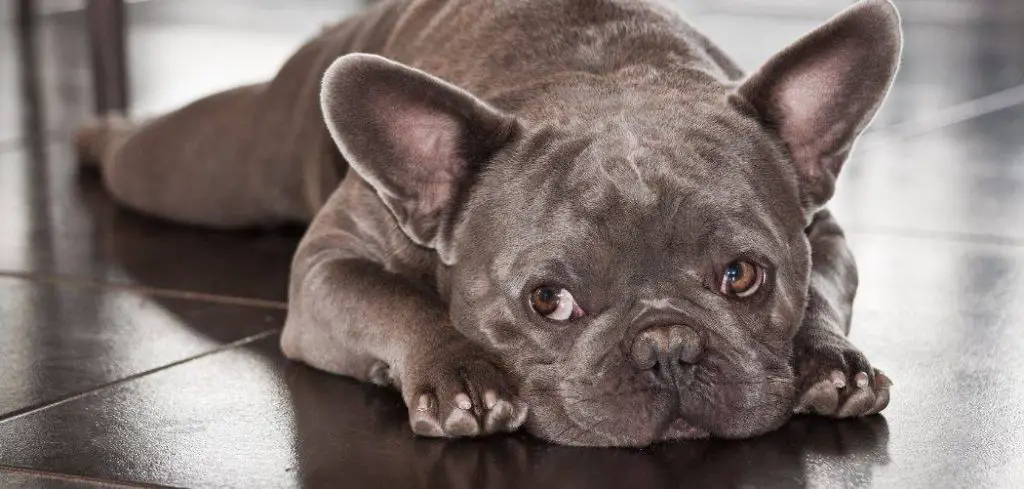If your dog is suddenly drinking more water and having accidents in the house, it’s not just frustrating—it may indicate an underlying health issue. This pattern of increased thirst and inappropriate urination is often linked to medical conditions that require attention.
We outline the common causes of dog drinking a lot of water and peeing in the house, what you can do at home, and when to seek veterinary help.
Dog Drinking a Lot of Water and Peeing in the House — Why It Happens
Increased water intake and indoor accidents in dogs can result from urinary tract infections, diabetes, kidney disease, Cushing’s disease, or aging-related incontinence.
While some causes are manageable at home, others need prompt diagnosis and veterinary care to avoid complications.

Common Causes of Dog Drinking a Lot of Water and Peeing in the House
Urinary Tract Infections (UTIs)
UTIs cause irritation in the bladder, leading to frequent, sometimes urgent urination.
Your dog may drink more due to inflammation or discomfort.
Look for signs like straining, small puddles, or blood in the urine. UTIs are diagnosed with a urine test and treated with antibiotics.
Diabetes Mellitus
Excess glucose in the bloodstream pulls water into the urine, causing your dog to pee more and drink excessively to stay hydrated.
Dogs with diabetes may also lose weight, show increased appetite, or become lethargic.
Early diagnosis and insulin therapy can help manage this condition successfully.
Kidney Disease
As kidney function declines, dogs lose the ability to concentrate urine properly, leading to more frequent peeing and increased water intake.
House soiling may result from urgency or inability to hold it.
This progressive condition is diagnosed through bloodwork and urine analysis.
Read more: Dog Drinking a Lot of Water and Diarrhea (What it means)
Cushing’s Disease
Cushing’s leads to excessive cortisol production, which increases thirst and urination.
Dogs may also develop a pot-bellied appearance, hair loss, and skin thinning.
Hormonal testing and imaging help confirm the diagnosis, and medication is available to manage symptoms.
Related: Dog drinking a lot of water and not eating (Here’s why)
Aging and Incontinence
Senior dogs may lose bladder control or become confused about house training routines.
Increased water consumption due to aging or medications can overwhelm their ability to hold urine.
Behavioral changes or joint pain may also prevent them from reaching the door in time.
What to Do If Your Dog Is Drinking More and Peeing Indoors
Track your dog’s water intake over a few days to spot unusual patterns.
Clean accidents with enzymatic cleaners to discourage repeat marking.
Avoid scolding—many dogs are unaware they’ve done anything wrong.
Take note of any new medications, appetite changes, or behaviors.
Schedule a vet visit with a urine sample to assess for infection or other medical causes.
When to Call or Visit Your Vet
See your vet if your dog:
Is having frequent accidents despite being previously house-trained
Drinks more water than usual for several days
Shows signs of pain, lethargy, or confusion
Has blood in the urine or a strong urine odor
Is a senior dog with new changes in bathroom habits
Your vet may recommend bloodwork, urinalysis, or imaging to determine the root cause.
Read more: Old Dog Drinking Lots of Water and Peeing in House (Here’s why)
Key Takeaway
When your dog is drinking a lot of water and peeing in the house, it’s often a sign that something deeper is going on.
Don’t ignore this behavior—track the changes, offer compassion, and get a veterinary assessment to rule out or treat any health issues early. Your dog’s comfort and health depend on it.
